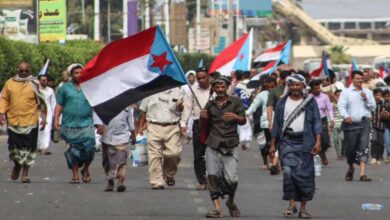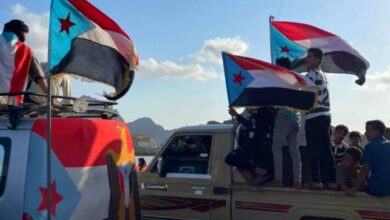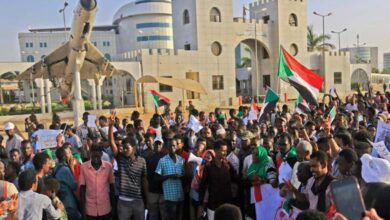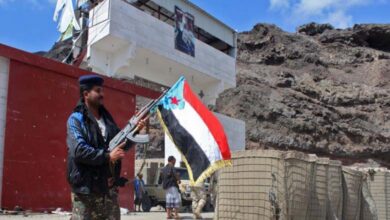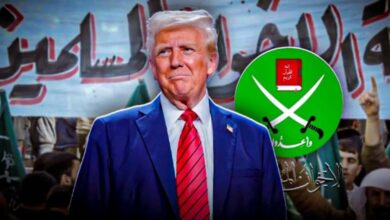The Iranian regime cultivates forces and movements in the region, supporting them with money and arms
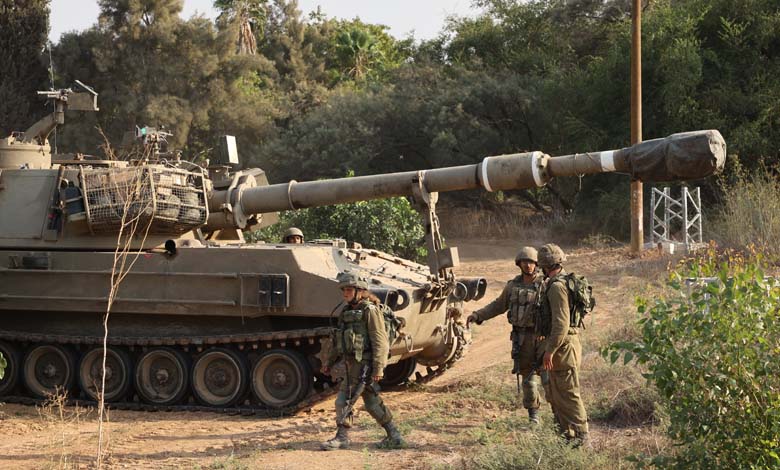
Today, the Muslim Brotherhood is politically certain that the Iranian regime is capable of aligning with their agendas and ushering them into power in the Middle Eastern countries through Brotherhood cells.
The leadership of the Muslim Brotherhood, along with its members, fervently defends Hamas and its political project, along with its alliance with the Iranian axis, through their media outlets and social media platforms.
Furthermore, they’ve gone beyond that to organize protests with a pure Brotherhood character, both in terms of the organized human element within the group and the funding. These protests aim, through their language and slogans, to market the popularity and strength of Hamas, pushing political messages that suggest the Brotherhood still holds sway in the Arab street. This accompanies preparations for activating Brotherhood cells in several countries in the region.
The Brotherhood‘s enthusiasm for Hamas‘ actions and attempts to condemn Israel’s violent reaction in an asymmetric war, given the imbalance of power in favor of the Zionist entity, have led the group’s leaders and members into the quagmires of political superficiality and shallowness. There is no escalating narrative of historical political rhythm embraced by the group to describe the tragedy that befell the Palestinian people. Instead, they resort to recycled slogans, rhetoric, and sensational statements, along with illusory side battles against countries in the region, as a continuation of the same approach that has not left the square of what is called the Arab Spring revolutions.
This has plunged the Muslim Brotherhood into a crisis of extending their political influence, primarily due to their limited approach, thinking, and concepts based on the ruins of their experience in the so-called Arab Spring revolutions. This has led to an increase in the fragmentation and organizational disintegration between the leadership, elements, and supporting masses of the group.
After a series of political and organizational crises that hit them in most Arab countries, affecting – as mentioned earlier – the extension of their political project and their popularity in the Arab street in general, the Brotherhood saw in Hamas and the suffering of the Palestinian people in Gaza a “lifter” for their repositioning in the Arab and regional political map.
Therefore, the decision from leaders in the international organization to go further in supporting Hamas in its current context against occupation, exploiting the tragic reality of the Palestinian people, by riding waves of popular movements within the Arab political arena, while pushing to increase the pace of media rhetoric directed towards countries in the region, aims to mobilize Arab masses to restore the glory of the Brotherhood‘s project in the region as a stage for reactivating and revitalizing Brotherhood cells.
The Brotherhood quickly worked to rearrange their ranks, taking advantage of the reflections of official Arab positions on the angry Arab street scene, by rebranding the group and presenting its rhetoric to be an alternative that meets support and approval from Arab masses. This necessarily requires more time to achieve the group’s goals, convincing Hamas to prolong the war in Gaza under headlines suggesting that ending the occupation will only result from pressure from the Arab and international street supporting the movement, contributing to achieving its promising victory.
Away from the suffering of the Palestinian people in Gaza, the group sought to seize the opportune moment to open doors for communication and alliance with the Iranian regime, presenting itself as a model capable of repeating the experiences of movements and factions in Iranian-influenced capitals through its elements and leaders. Today, the Brotherhood needs a political and religious focal point that grants them political momentum again, especially after their alliance with the Turks failed to reach the reins of power in countries like Egypt and Tunisia. The Turks did not allow the Brotherhood to cross the lines they drew for them, which hindered and affected the Brotherhood‘s political projects. In contrast, movements and factions revolving in the Iranian orbit managed to reach the reins of power and authority through the agendas of the Iranian regime in the region.
The Brotherhood today is politically certain that the Iranian regime is capable of aligning with their agendas and ushering them into power in the Middle Eastern countries through Brotherhood cells that form the nucleus of political forces capable of seizing power in their countries. The Iranian regime’s experience in creating forces and movements in the region and supporting them with money and arms, which contributed to shaping the roles of these movements and factions politically and their participation in governing countries like Iraq, Yemen, and Lebanon, has whetted the group’s appetite to turn towards Iran to bring its elements back to power in influential countries in the region.
The convergence of interests between the Iranian regime in completing its expansionist project in the Middle East and the Brotherhood‘s eagerness to reach power in some Arab countries today portends a dangerous chaos if the group continues to rely on the Iranian regime as a bridge to cross towards the reins of power and authority. This requires a firm Arab stance to cut off the Iranian regime and the Brotherhood‘s aspirations. This has been initiated by the UAE by referring 84 individuals, most of them from the Brotherhood, to the judiciary on charges of establishing a secret organization for the purpose of committing violent acts and terrorism on the state’s territories.


